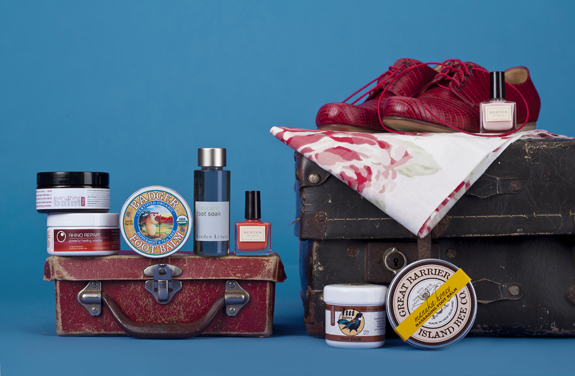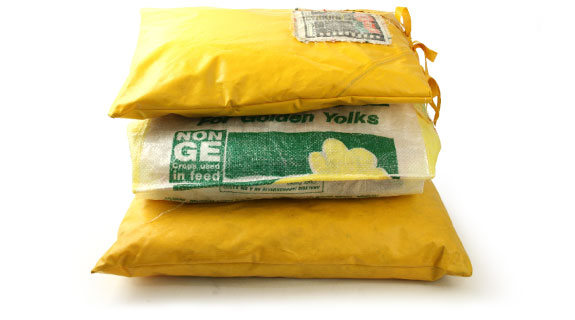We may not apply the same scrutiny – or wealth of beauty products – to our feet as we do to our faces, but they’re equally deserving of our tender love and care
Treating your toes to a bit of luxury starts with one thing – a long, warm soak. Whether that involves a long bath or relaxing with book in hand and feet in bucket, it’s something best accomplished in the evening so that your feet have the chance to absorb moisture overnight.
So how to transform hardened soles into happy feet? In her book Amazing Face, beauty author Zoe Foster recommends soaking your feet in a bowl of Epsom salts and lavender essential oil for ten minutes minimum – then exfoliating them with a good body scrub. “Rinse off, then apply an intensely nourishing cream or balm all over the heels and feet,” she advises. “Rub in cuticle oil all over the nail bed and slip on some cotton socks and go to bed.” Cotton helps trap the moisture around your feet – but it’s breathable, meaning your toes won’t get sweaty overnight.
If you need to deal to some serious calluses, try soaking them in a mixture of water and apple cider vinegar instead, recommends Siobhan O’Connor and Alexandra Spunt in No More Dirty Looks. Once your feet are soft, chisel away with a pumice stone or other suitably rough surface. However, remember calluses are there to naturally protect your feet – so don’t go crazy. Next, slather on a thick moisturiser, touch up your cuticles with a natural oil such as jojoba or neem oil, and pop on your organic cotton socks. Sweet dreams.
What’s in your polish?
When it comes to embellishing our fingers and toes, we’re spoilt for choice. But what do those polishes really contain? Since our nails are highly porous (capable of absorbing up to 25 percent of their weight in water), it’s worth being cautious about what they soak up.
The big three
Many nail polish brands now say they’re ‘three-free’. This means they don’t use the following toxic chemicals:
- Formaldehyde helps nail polish harden. It is “known to be a human carcinogen”, according to the US National Toxicology Program.
- Toluene makes nail polish smooth to apply. Overexposure to toluene is linked to birth defects, nausea and memory loss.
- Dibutyl phthalate (DBP) is banned from cosmetics in New Zealand and the European Union, but worth keeping an eye out for if you’re travelling as it’s still permitted some countries (including the USA). One of the most toxic members of the phthalate family, DBP has been proven to cause birth defects and lifelong reproductive problems, according to Stacy Malkan of the US-based Campaign for Safe Cosmetics.

One good option
Scotch Naturals is one of the least toxic nail polish brands available in New Zealand – find it at local online store Rebalance (www.rebalance.co.nz). It’s water-based rather than solvent-based and free of ethyl acetate, butyl acetate, nitrocellulose, acetone and heavy metals as well as the ‘big three’ chemicals. You’ll find the texture different from conventional polishes (it’s a little thinner) and it takes slightly longer to dry.
Healthy nails
There’s a lot to be said for healthy, buffed, unvarnished nails. Good-looking nails depend on what you eat, with deficiencies in iron, vitamin A, zinc and calcium linked to brittleness, dryness and discolouration. To keep your nails looking top-notch, massage a little jojoba oil or neem oil into your cuticles at night and use a nail buffer weekly. If you regularly wear polish because your nails look dull or crack otherwise, try going bare to let them them ‘detox’. Polish can stain and dry nails, starting a vicious cycle that’s only fixed by hiding your nails with … more polish.







